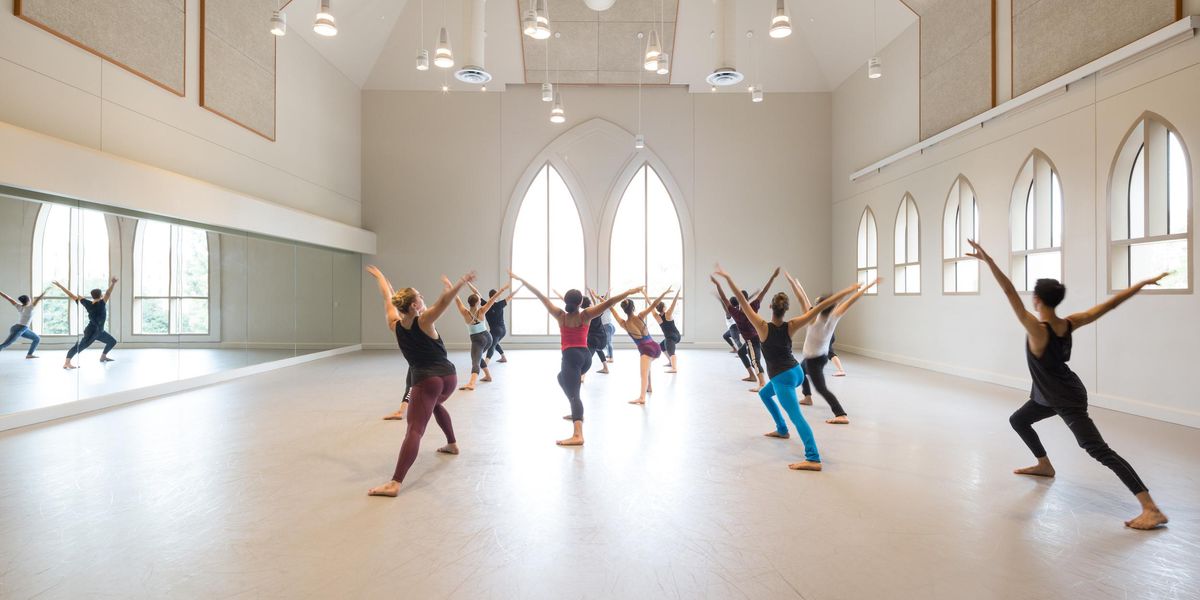Your Body: Anti-Ache Recipe
A diet rich in omega-3s wards off inflammation.
Houston Ballet’s Jordan Reed skated through Ashton’s Les Patineurs this season with the fluidity of a champion ice queen. Her secret: an omega-3–rich diet to keep her ache-free during performances. “I was dancing the brown couple. Because we are jumping the whole time, the ballet puts stress on my legs and calves,” she says. “If I keep up my omega intake, it does the trick.”
Your grandmother wasn’t wrong when she made you take your cod liver oil. Turns out it’s rich in omega-3s, a fatty acid that research indicates protects your joints and reduces inflammation. The body does not make omegas; they must be gotten from certain foods. Many dancers looking for natural ways to relieve pain add omega-3 supplements and foods to their diets. “I notice an incredible difference when I’m taking the supplements,” says Reed. “My muscles recover better from strenuous days with less inflammation and fatigue.”
While scientists still debate the ideal omega-3 daily intake, the National Academy of Sciences has established a daily minimum: 1.1 grams for women and 1.6 grams for men. Omega-3 sources include flaxseeds and flax oil, walnuts, and salmon, caviar, sardines, cod and other cold-water fish. But the amount of omega-3 fatty acids in them varies. Fish oil, for instance, is more potent than some other foods. “The key is in the DHA and EPA [docosohexaenoic and eicosapentaenoic acids], which are the strongest anti-inflammatory compounds,” says Nancy Cotter, medical director of integrative medicine at Atlantic Health, a hospital group in northern New Jersey. “Think of DHA and EPA as nature’s pain relievers.” For those allergic to fish, plant-based omega-3s are an option, but a greater amount of them is needed. “Flax and walnuts contain the precursors to DHA and EPA,” says Cotter, “which the body then has to convert through a rather inefficient process.”
Cotter recommends fish oil in supplement form as an easy way for dancers to keep up their omegas. It now comes in fruity gels and fizzy citrus powder packets, as well as super-concentrated liquids and capsules, so there are lots of portable options.
While you need to make an effort to get your recommended daily amount of omega-3s, you should avoid eating too many foods rich in omega-6 fatty acids. Vegetable oils, for instance, have a lot of omega-6s. People who have an imbalance between omega-3 fatty acids and omega-6 fatty acids may be more prone to certain diseases and cancers. “In general, the Western diet is plentiful in omega-6 fatty acids,” says Cotter. “We want to increase the omega-3s so that we can balance the body’s inflammatory load. You have to work hard to get too much omega-3s.”
Reed has her regimen down to a science. “My three top ‘go to’ omega-3–loaded foods are salmon, walnuts, and flaxseeds,” she says. “Walnuts and flaxseeds are especially great for dancers because they are so easy to add to any meal. A sprinkle of flaxseeds or walnuts on my oatmeal or in a fruit-and-yogurt parfait is all it takes.”
Nancy Wozny writes about health and the arts from Houston.
A Dash of Pain Relief
Many studies have shown that turmeric, a powdered spice used in Indian dishes, packs a wallop when it comes to healing. Its active ingredient, curcumin, gives the spice its golden brown pigment. Long known for its anti-inflammatory properties, turmeric has had a variety of medicinal uses for thousands of years, from an antiseptic to cancer prevention. For dancers, turmeric’s abilities as a pain reliever and cox-2 inhibitor (cox-2 is an enzyme that contributes to pain and inflammation) can come in handy. Add a dash of it to your salad for a piquant flavor, or take it in capsule form.
Healing Contrast: Hot & Cold
Dancers turn to heat and ice as an ache-reducing regimen, but who wants to carry around a bag of ice and a heating pad? The alternating hot and cold shower, known as contrast therapy, combines the inflammation-reducing benefits of ice with the circulation-improving benefits of heat. Think of it as cross-training for your blood vessels: changing temperature “exercises” them. The process stimulates the lymph system, decreases inflammation, and creates an overall feeling of vitality. Also, the hot part of the shower helps get you through the cold part. Alternate one minute of hot with one minute of cold for five or more minutes until you feel refreshed.
Photos from istock.




